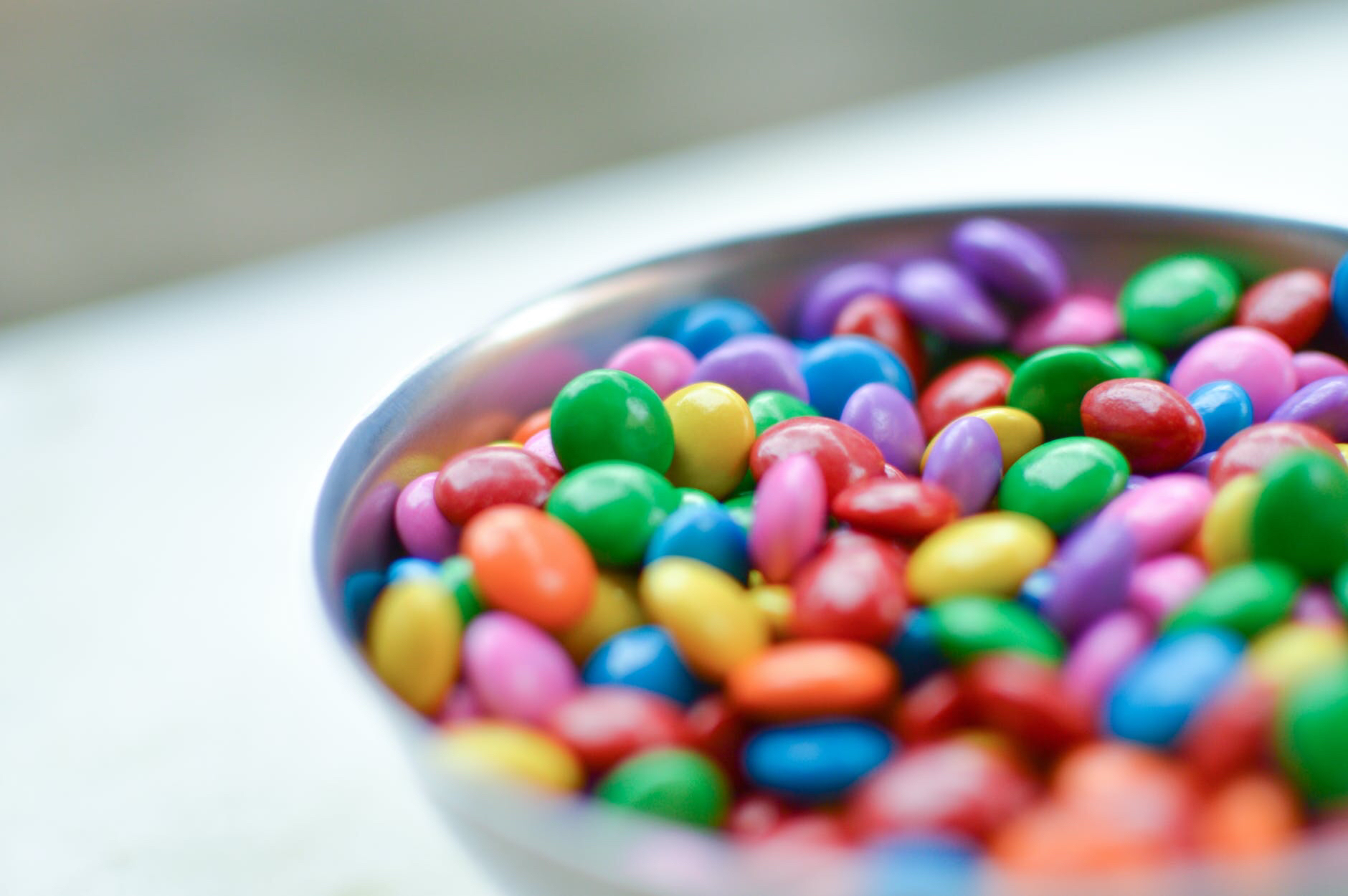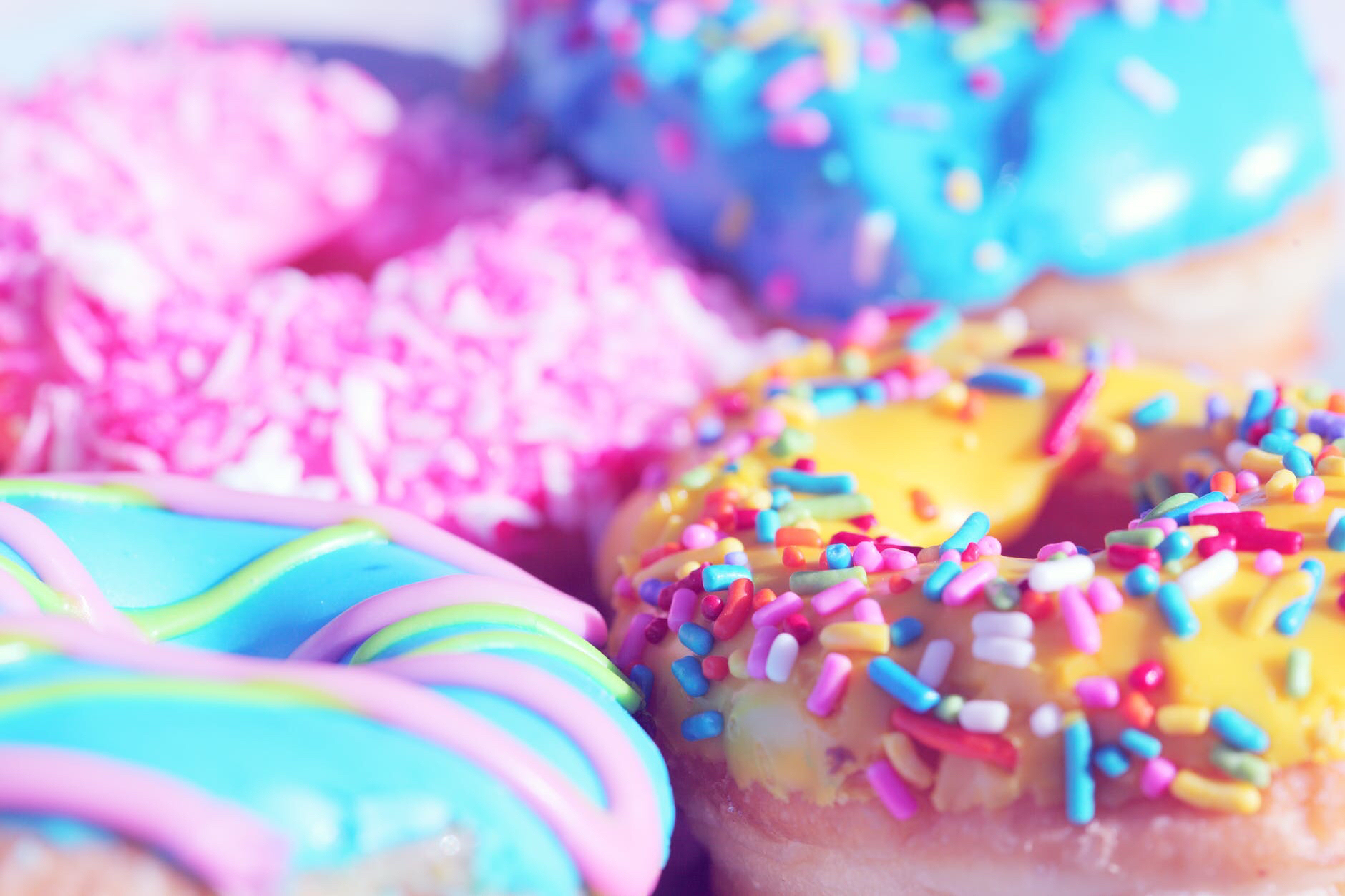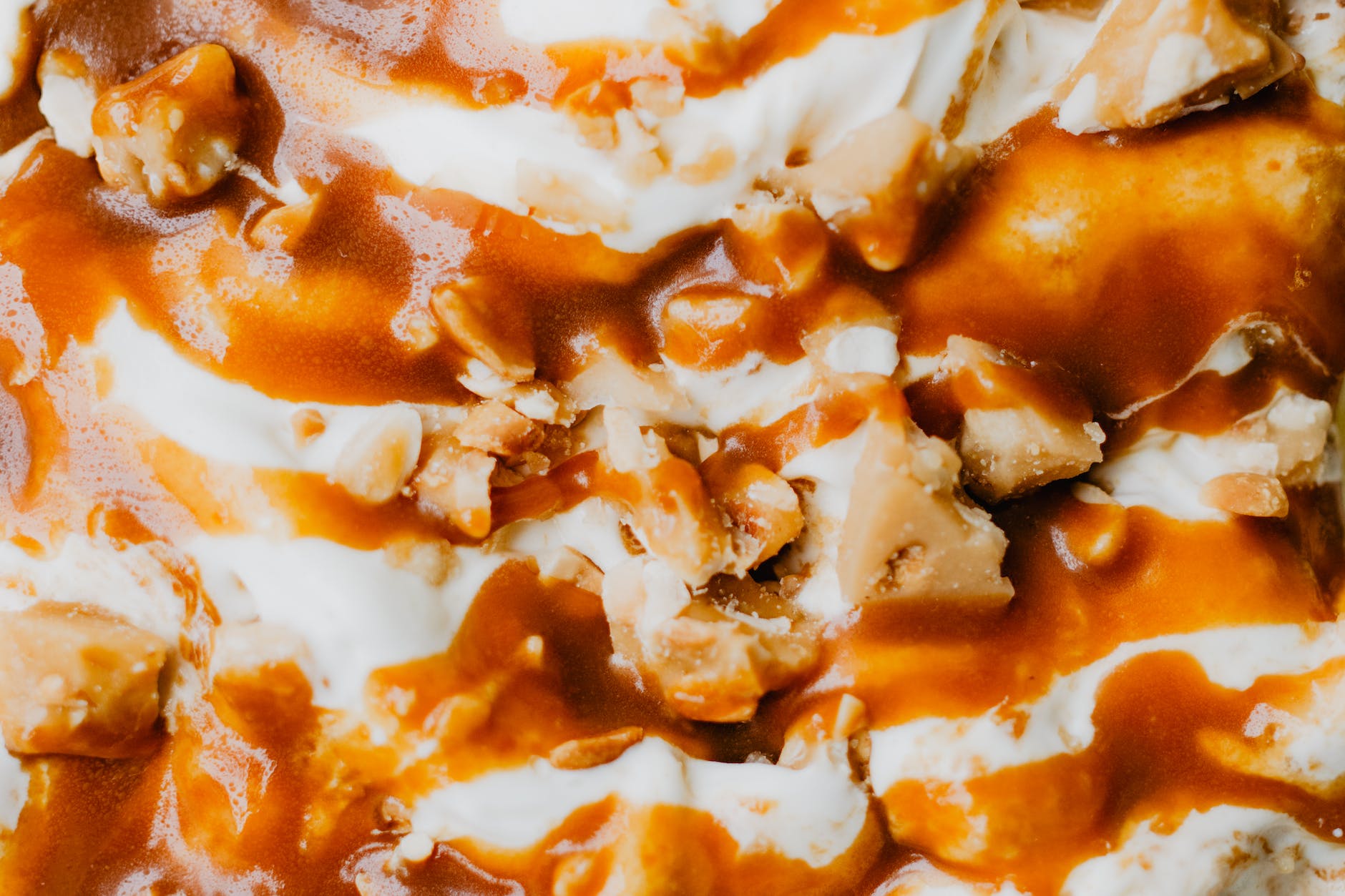Category: food addiction
-
It’s been 2 days since I bought a tub of ice-cream and I haven’t eaten it
I should explain. Ice-cream is my ultimate binge food. Not in the way that movies portray it, that cliche where the skinny actress turns to it after a breakup. No, for me it was much more than that. It was capable of consuming my every waking thought. On a bad day, I would plan my…
-

Am I addicted to sugar?
This week, Richard Osman opened up about what he referred to as food addiction, and it got me thinking: am I a sugar addict? There have been times is my life when I’ve wondered if I’m addicted to sugar. Pretty much every binge I’ve ever had contained at least a sweet component, anything from cereal…
-

On ultra processed foods.
Let’s talk ultra processed foods from an eating disorder lived experience perspective. I’ve recently heard talk about how the vast majority of binge foods for people with an eating disorder are ultra processed foods, and that they may be to blame for the rise in eating disorder presentation. Now I can’t comment on the statistics,…
-

Ice-cream: The Final Frontier
I’ve been practising intuitive eating for a good two or three years now. I’ve discovered I’m not particularly a biscuit person, I’m not addicted to chocolate, stale crisps are not nice, mature cheeses are too strong, and I feel better in myself when I add in gentle nutrition. So why was I still struggling with…